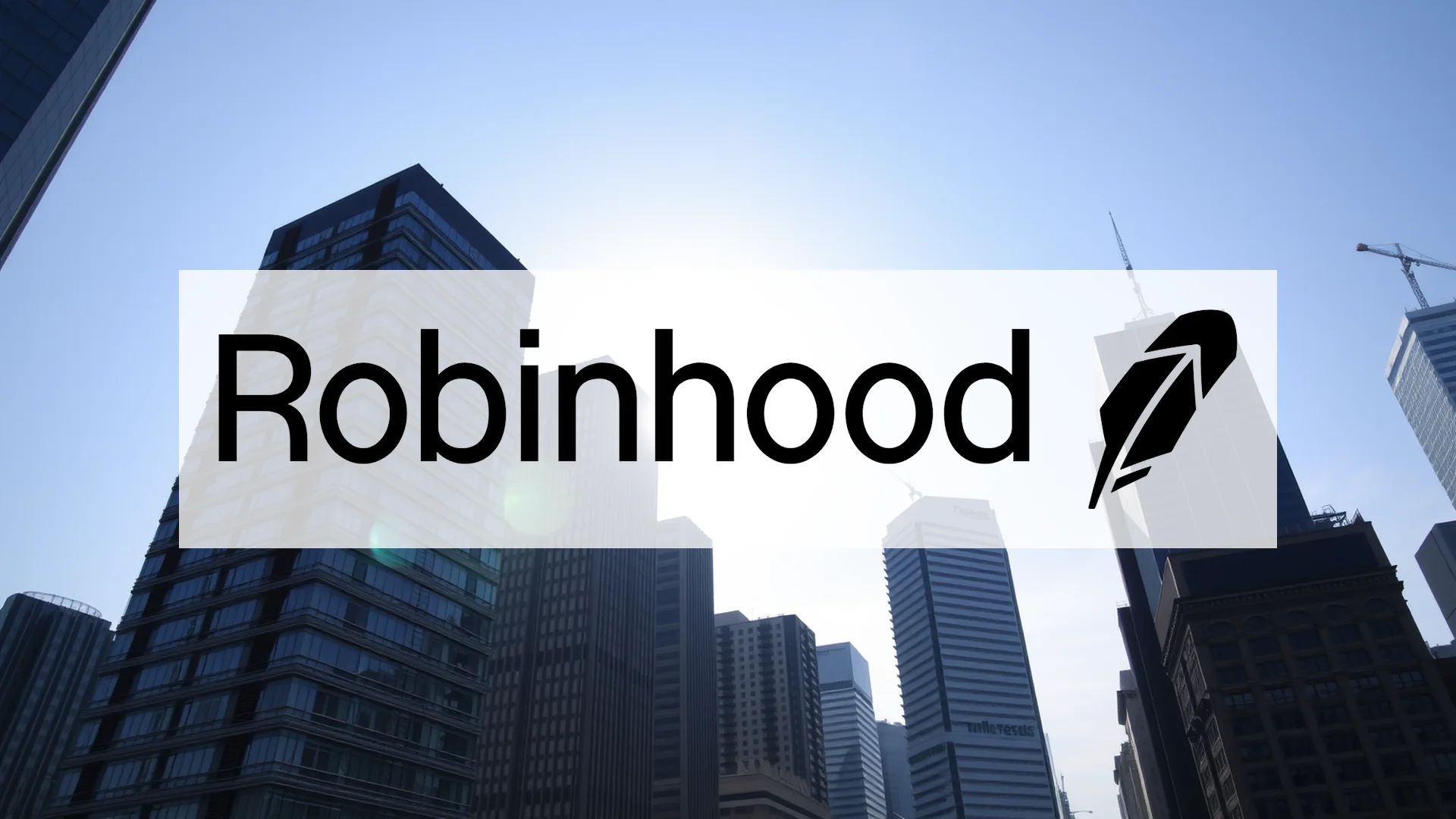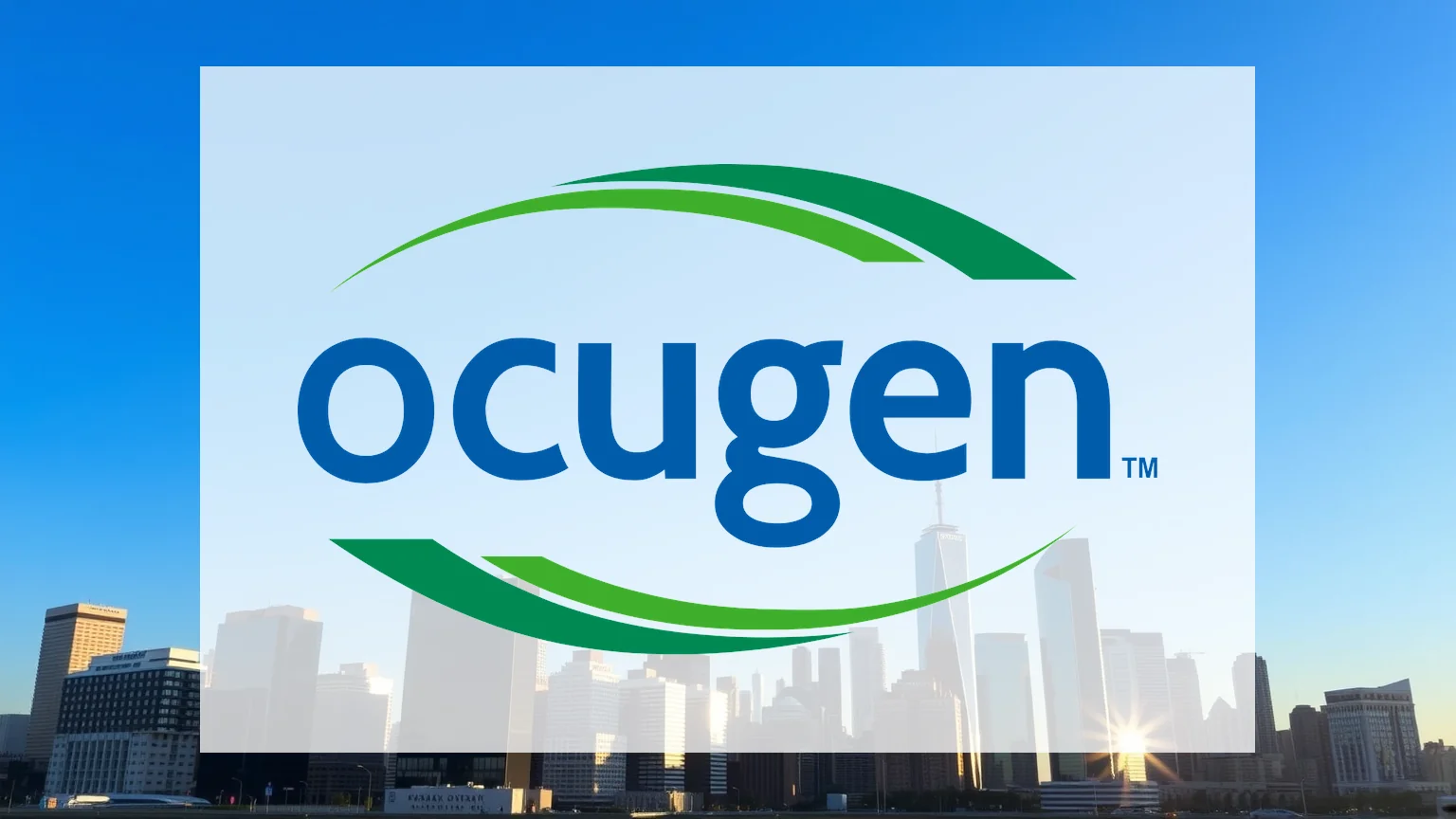Investors are grappling with a puzzling disconnect in Robinhood Markets. The trading platform disclosed historic operational metrics for October, showcasing explosive growth across all key segments. Paradoxically, its stock price tumbled nearly 10 percent. This negative market reaction appears to be a direct response to the announcement of a new cash-delivery service, leaving market participants questioning why a company posting its strongest figures is being penalized.
Partnership Announcement Triggers Sell-Off
The sharp decline of up to 9.3% occurred on Thursday, triggered by Robinhood’s revealed partnership with the delivery service Gopuff. This new feature permits the platform’s Gold members in select cities to have cash from their accounts delivered to their doors for a fee. Market sentiment turned sour as this service, intended as an alternative to ATM withdrawals, was met with investor skepticism.
This harsh market response highlights a fundamental tension: Robinhood’s strategic pivot from a pure-play trading broker towards a comprehensive financial institution. Following the recent launch of prediction markets and the proposed “Robinhood Ventures” fund for retail access to AI startups, the cash-on-delivery feature struck some observers as a desperate attempt to expand in any conceivable direction, diverting from its core business.
Stellar October Metrics Overshadowed
The operational data for October, released on Friday, would typically be the catalyst for a major rally. Platform assets under custody soared to an all-time high of $343 billion, representing a staggering 115 percent year-over-year increase. The count of funded customer accounts grew to 27.1 million.
Should investors sell immediately? Or is it worth buying Robinhood?
The trading volume statistics were even more impressive. Equity trading volume skyrocketed 153 percent to $320.1 billion, while options contract volume increased 69 percent to 266.7 million contracts. The most explosive growth was seen in cryptocurrency trading, which ballooned by 480 percent to $32.5 billion.
Yet, during the recent trading session, these exceptional figures were completely ignored by the market.
Analyst Sentiment and Future Outlook
Despite the recent pullback, the majority of market analysts maintain a positive outlook. This optimism is supported by the robust third-quarter results announced on November 5th, where the company reported revenue of $1.27 billion and earnings per share of $0.61, both exceeding market expectations and reinforcing the company’s solid fundamental story.
The critical question that remains is whether Robinhood can successfully balance its aggressive diversification strategy with a disciplined focus on its profitable core operations. The market will be looking for clear answers when the company reports its Q4 and full-year 2025 results in early February 2026. Until then, volatility is expected to persist. A stock that disregards record-breaking growth sends an unambiguous message: investors are demanding strategic clarity, not a portfolio of experiments.
Ad
Robinhood Stock: Buy or Sell?! New Robinhood Analysis from November 14 delivers the answer:
The latest Robinhood figures speak for themselves: Urgent action needed for Robinhood investors. Is it worth buying or should you sell? Find out what to do now in the current free analysis from November 14.
Robinhood: Buy or sell? Read more here...










